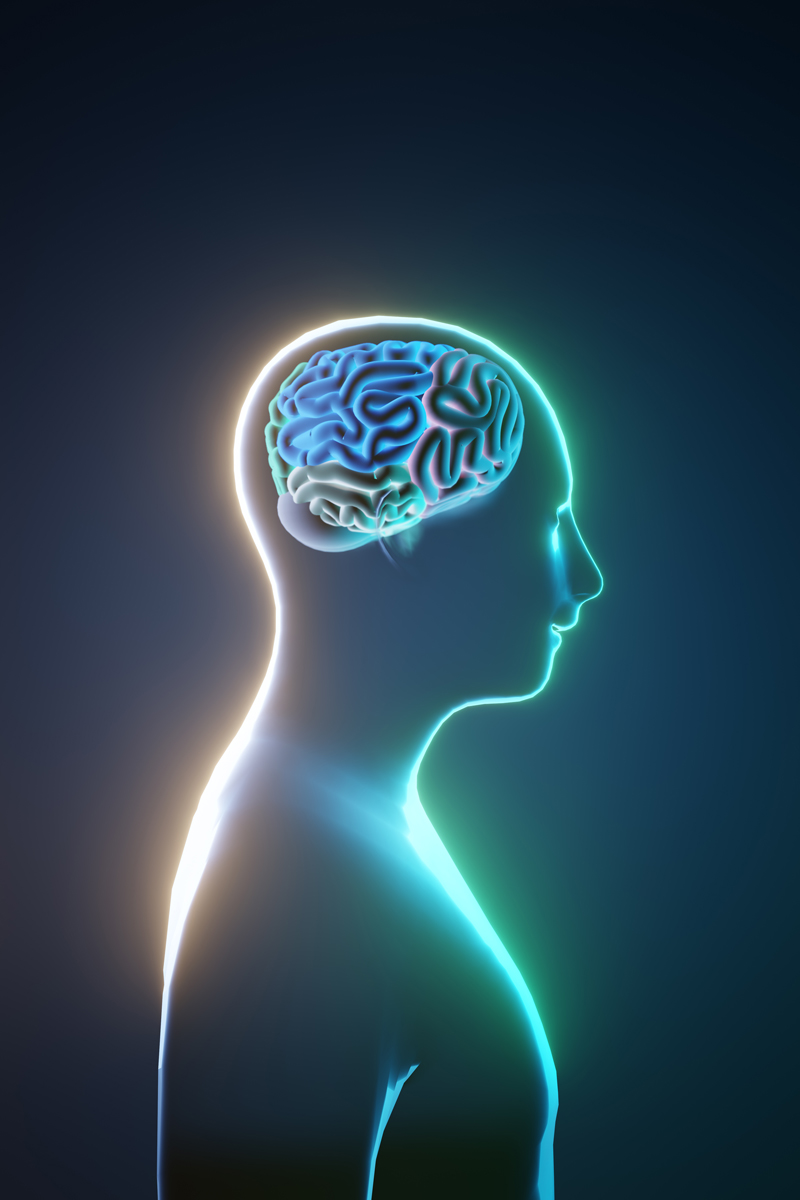Neurorehabilitation

The course of neurorehabilitation is designed for treatment lasting from 14 days to 6 months.
During this time, it is possible to overcome significant health problems caused by a stroke or injury, reduce the adverse symptoms of the disease, or even completely cure it.
The recovery program is compiled for each patient separately.
Doctors of various specialties take part in its development – a neurologist, a physiotherapist, a speech therapist, a neuropsychologist, a urologist, a doctor of exercise therapy and others.
As a result, neurorehabilitation includes innovative and classical methods that provide high efficiency in restoring the patient’s health.
Traumatic and non-traumatic spinal cord injuries (including spinal stroke)
• Tetraparesis
• Upper or lower paraplegia
• Disorder of pelvic functions
• Severe vegetative state and trophic disturbances
Chronic cerebrovascular insufficiency
• Vertebrobasilar insufficiency with vestibular syndrome, cephalgic syndrome
• Balance and gait disorders (including pyramidal syndrome)
• Mild and moderate cognitive impairment
• Severe cognitive impairment
Tumor lesions of the brain
• Severe protein deficiency, malnutrition, including after chemotherapy and radiation therapy
• Combined somatic pathology, multiple organ lesions
Demyelinating and hereditary neuromuscular diseases
• Multiple sclerosis (MS)
• Amyotrophic lateral sclerosis (ALS)
• Guillain-Barré syndrome
Peripheral nerve damage
• Brachial plexus injury
• Compression-ischemic neuropathy in tunnel syndromes
as well as:
• Alzheimer’s disease
• Parkinson’s disease
• Parkinsonism and other extrapyramidal disorders
• Polyneuropathy of various etiologies
• Vertebrogenic neurological syndromes
Physiotherapy
• Dynamographic biofeedback training
• Individual exercise therapy for diseases of the central nervous system and brain
• Physical therapy exercises using suspension systems
Pressotherapy (aka lymphatic drainage massage, pneumodrainage, pneumomassage, barocompression) is a hardware massage procedure, during which compressed air is used for exposure.
BFB (Biofeedback method)
This is brain activity training, during which conditions are created that contribute to its change and direction towards favorable conditions. The patient is offered specially selected computer games that they play using only the activity of their brain. During the session, there is a gradual training of self-regulation systems, as a result of which the brain learns to function in the most efficient way.
• Robotic mechanotherapy on LOCOMAT/ARMEO devices for diseases of the peripheral nervous system (30 minutes)
• Robotic mechanotherapy on LOCOMAT/ARMEO devices for diseases of the central nervous system and brain (30 minutes)
Ergotherapy
Treatment with occupation, when a sick person forms the skills necessary for adaptation in social and domestic life.
Botox therapy
A preferred method of treatment of diseases manifested by muscle spasms, pain, and autonomic dysfunction. During Botox therapy, botulinum toxin (Botox) is injected into spasmodic muscles in order to relax them.
Kinesiotherapy
• Kinesio-taping of the spine
• Applying a bandage for muscle diseases using kinesio-taping
Shock wave therapy
Restorative procedure using low-frequency impulses and acoustic waves, which have a positive effect on painful areas of the human body.
Sessions with a speech therapist and neuropsychologist
Individual neuropsychological corrective and restorative procedure in patients with speech disorders.
Symptomatic therapy
Therapy of concomitant diseases. For this purpose, cardiologists, therapists, and neurologists work in our Center.
Contact us to send you more information about the available programs!


